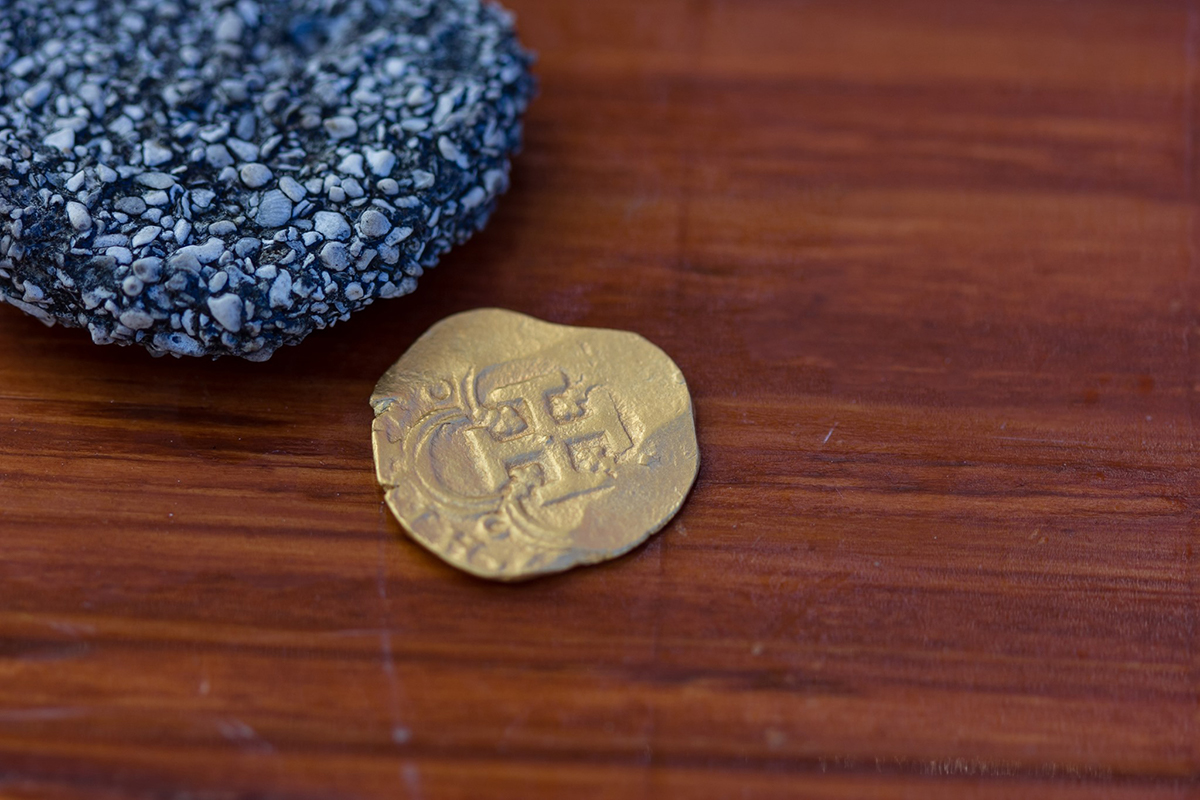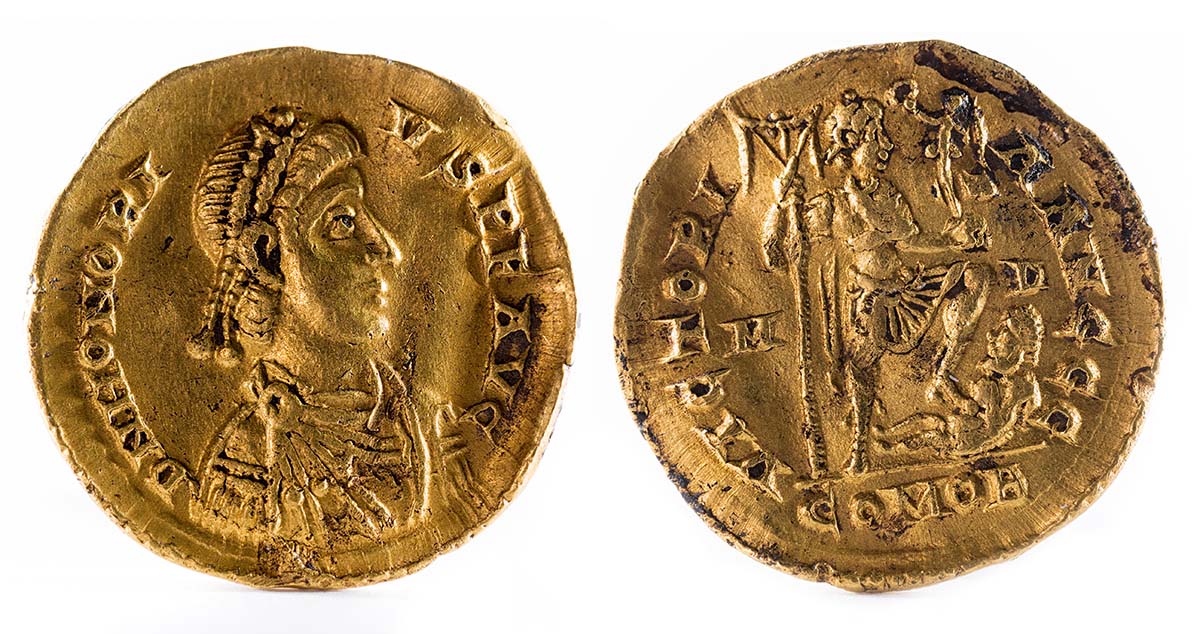$20 Billion Treasure Photographed in San José Wreck. Five Countries Say It's Their Property.

Presidency of the Republic of ColombiaGold coins and other San José cargo lay on the seafloor.
Gold, silver and emeralds in the wreck of a Spanish galleon worth an estimated $20 billion have ignited an international claims battle between Colombia, Spain, Peru, Panama and Bolivia.
A deep-sea robot recently imaged the treasure within the San José, which sunk in 1708 off the coast of Colombia. The 62-gun San José fell victim to a British Navy warship during the War of Spanish Succession (1701 to 1714). She was sailing to King Philip V of Spain with a hull full of precious metals, gold coins and crockery taken from the New World. The “Holy Grail of shipwrecks” lay undiscovered and undisturbed at the bottom of the Caribbean Sea for three centuries, until her discovery in 2015.
In 2013, two years before the ship’s discovery, Colombia passed a law claiming all shipwrecks in national waters as part of its cultural heritage. The law also states that any treasures contained within said wrecks cannot be sold or traded outside of Colombia. Accordingly, Colombia’s President Ivan Duque consistently calls the $20 billion collection aboard the San José the “patrimony” of the ship rather than its “treasure.”

Public DomainA painting of the 1708 battle of Cartagena in which the San José sunk.
Spain has asserted a legal claim for a share of the big bounty because, despite her final resting place, the San José was a Spanish ship carrying 570 Spanish citizens when she sank. Peru and Panama also assert ownership because the goods were originally stolen from their lands. Finally, the Bolivian indigenous Qhara Qhara nation wants a percentage because their ancestors, they say, were forced to mine the treasures in the 16th century.
Discovering Sunken Treasure
Colombia has kept the precise location of the shipwreck a state secret. Duque and the Colombian Navy sent a high-tech robot down 3,100 feet below the surface with a high-resolution camera to assess the sunken treasures. The deep-sea rover filmed gold ingots and coins, intact artifacts and a cannon made in Seville in 1655 on the wreck and nearby ocean floor.
“These are important discoveries that guarantee the protection of the San José Galleon while advancing in what would be a future extraction process, maintaining the unification as a World Heritage Site under our sovereign custody,” Duque told the Radio Nacional de Colombia. He continues to search for “suitable financing mechanisms” to conduct future treasure recovery dives.












